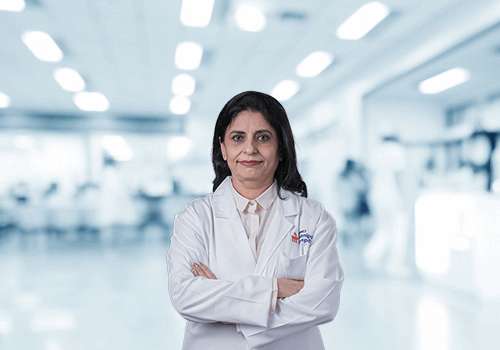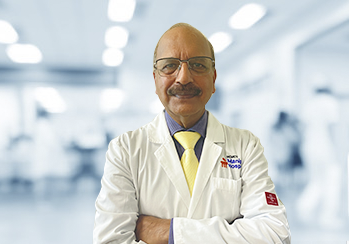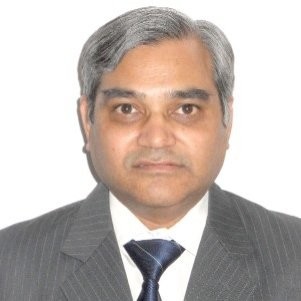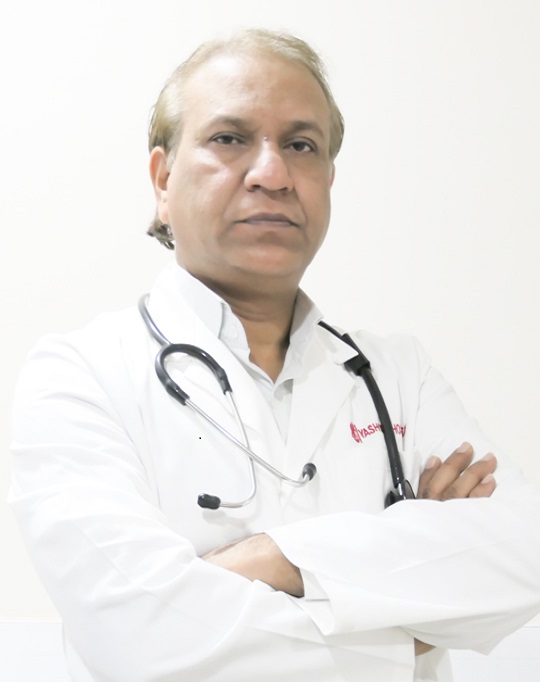When facing atherosclerosis, treatment aims to stop its progress, tackle symptoms, and control risks. Treatment options can be divided into three categories: non-surgical techniques, medicines, and surgical techniques:
Non-surgical techniques
These are the initial methods that can be adopted for atherosclerosis prevention. These broadly include:
Home Remedies
These steps can be employed by any individual without the need for medications. These include:
- Exercising regularly
- Adopting a diet low in fat and high in fibre and protein
- If working from home or a desk job, take breaks to move around and stretch the body
- Avoid smoking and excessive alcohol consumption
Ayurvedic Treatment
From ancient times, several natural substances have been used to address atherosclerosis symptoms. These include:
- Garlic, guggul, arjuna, and turmeric have been traditionally used to support cardiovascular health.
- Amla is rich in vitamin C and antioxidants and is believed to reduce the onset of atherosclerosis.
Medications
There are several types of medications that the doctor can prescribe depending on the underlying causes of atherosclerosis:
- Statins: It can lower bad cholesterol levels, thus reducing the chance of fatty build-up in the arteries.
- Antihypertensive Medications: Individuals with high blood pressure may receive medicines like ACE inhibitors, beta-blockers, or calcium channel blockers to keep them in control.
- Blood Thinners: In certain cases, the doctor may suggest these medicines to reduce the viscosity of blood to lower the risk of blood clots in people with heart problems and clogged arteries.
Surgical Procedures
When non-surgical procedures and medications fail to control atherosclerosis, surgical procedures are often employed for atherosclerosis treatment. These include:
Minimally Invasive Procedures
These procedures involve fewer incisions and take less time for recovery. These include:
- Angioplasty and Stent Placement: Angioplasty entails using a catheter with a deflated balloon to widen narrowed arteries, often followed by the placement of a stent (a small mesh tube) to maintain artery patency.
- Carotid Endarterectomy: Surgical removal of plaque from the carotid artery in the neck can reduce the risk of stroke.
- Atherectomy: This procedure removes plaque buildup from arteries using a specialised catheter equipped with a cutting device or laser.
Invasive Surgical Techniques
When medications and other remedies fail to reduce plaque buildup, surgical techniques can be employed to treat severe cases of atherosclerosis. Some of them are listed below:
- Coronary Artery Bypass Grafting (CABG): CABG surgery involves creating new blood pathways to bypass blocked coronary arteries, typically in severe cases of coronary artery disease.
- Carotid Artery Stenting: This procedure entails inserting a stent into the carotid artery to open narrowed segments and reduce the risk of stroke.
- Peripheral Artery Bypass Surgery: It establishes new blood vessel routes in the legs to bypass blocked arteries and improve blood flow.
- Aneurysm Repair: Surgical correction of a weakened or bulging artery (aneurysm) can prevent rupture.
Note: A given atherosclerosis treatment option does not apply to every patient. The procedures selected depend on the condition and the patient's medical history.
Cost of Atherosclerosis Treatment
The cost of atherosclerosis treatment can vary significantly depending on several factors. These include the severity of the condition, the patient's health status, the chosen treatment approach, and the hospital/city in which the treatment is received.
Surgery Name
|
Estimated Cost
|
Angioplasty and Stent Placement
|
₹ 1,35,000 to ₹ 3,25,000
|
Prognosis and Survival Rate
Prognosis
Atherosclerosis prognosis depends on factors like plaque buildup, location, health, and management. It can progress slowly without major issues. Lack of proper treatment can lead to severe complications like heart attacks, strokes, or coronary artery disease.
Survival rate
Atherosclerosis can lead to complex cardiovascular diseases like myocardial infarction and strokes. Thus, atherosclerosis treatment is an early risk detection and alleviation. It can significantly reduce cardiovascular disease-related mortality by 5%. Although survival rates depend on severity, treatment, quality of care, and the patient. The comprehensive integration of the heart-healthy lifestyle and medical interventions subsequently increases the life expectancy by almost ten years.


























